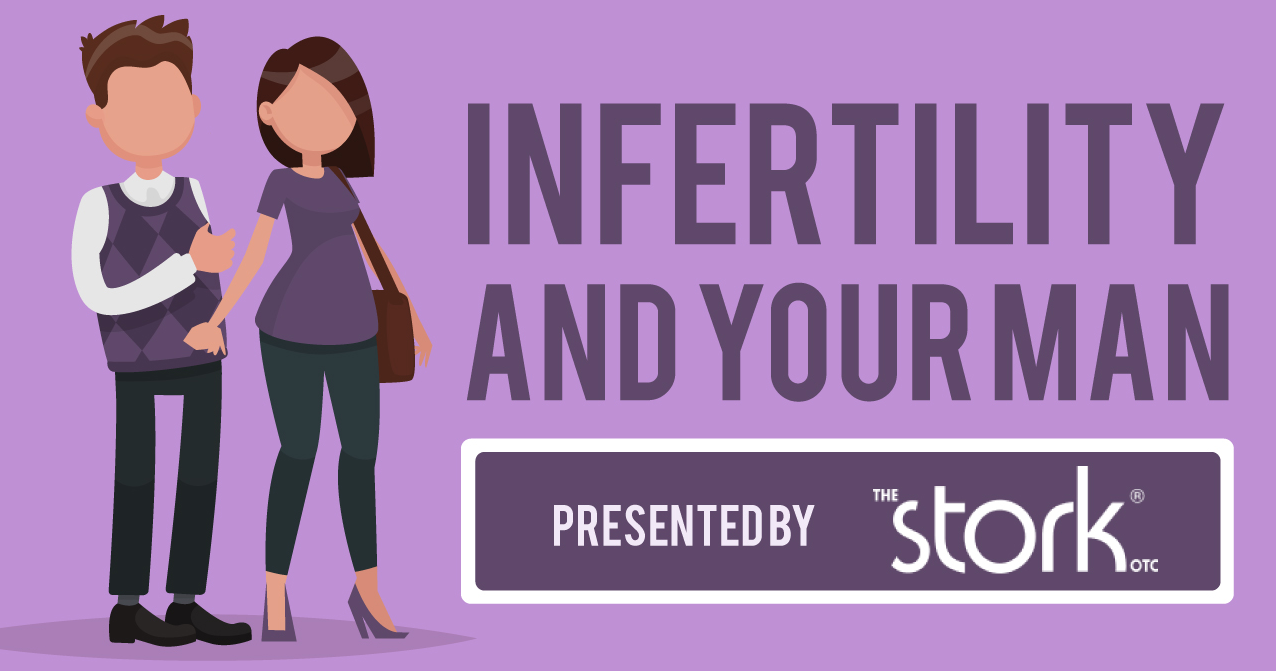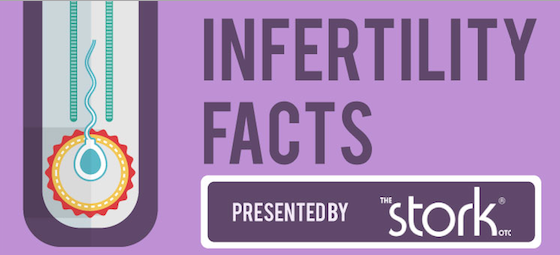Women have many options if they are concerned about infertility. Most experts agree that healthy couples should actively try to conceive for about 12 months before contacting a fertility specialist, as it can take many couples (without known or prior fertility problems) at least 6-12 months to get pregnant.
If you have tried to conceive for more than a year, there are highly effective fertility treatment options. However, for couples who are trying the same treatment multiple times, recent research published in the journal of Fertility and Sterility indicates a “diminishing return” for fertility treatment effectiveness. In other words, "the advantage of each of the three treatments [discussed below] declined after a certain number of attempts."
The three fertility treatments researched:
- Fertility drugs
- IUI (intrauterine insemination
- IVF (in-vitro fertilization
Fertility drugs are the least invasive and least expensive of the three treatments, and work by stimulating ovaries to mature eggs. The success rate in this study revealed couples who received "two cycles of treatment with fertility drugs alone had a pregnancy rate of 85 percent." However, this treatment's success rate declined after three or more cycles.
IUI is more invasive, and entails sperm being inserted via catheter directly into a woman's uterus, and also (typically) includes the use of fertility drugs. This is the best option for couples who may have a low sperm count or the fertility problem is “unknown”. The success rate for couples who used IUI had a "success rate of 71 percent after one round of treatment." Similar to the use of fertility drugs alone, IUI treatment's success rate declined after the third attempt.
IVF is the most invasive and expensive of the three treatments, and also (typically) includes the use of fertility drugs and other medications. This procedure entails a woman's eggs being removed, and the eggs fertilized in the lab. The eggs that are successfully fertilized are placed (implanted) into the woman's uterus. The success rate for couples who used IVF had a success rate of "59 percent after one cycle." However, this treatment's success rate declined after the second attempt.
It is important to know that this study reveals many positive aspects of fertility treatments: they are highly effective, offer various options, and if one treatment does not result in viable pregnancy, there are other treatment options that may work better. The article concludes the same treatment, used more than the recommended number of attempts, may result in a decline in effectiveness.
If you are interested in discussing your experiences with fertility treatments, we would love to hear from you! EmpowHER's Fertility/Infertility Group is a great place for ongoing discussion and information.
Source: Journal of Fertility and Sterility, July 2010.





Add a CommentComments
There are no comments yet. Be the first one and get the conversation started!